Buildings. I love them. I love their form, their function, their stories, and their history. This was one of the tougher edits as far as choosing what to share. Architecture in the south and east is so very different than what we have out west, especially in New Orleans. I couldn’t get enough.
But first! a quick word about keywords. I changed one of my main themes from architecture to buildings and here’s why: buildings, in my mind, is a broader subject. It includes, for me, all things built by humans. It could be a pool, a bridge, homes, skyscrapers, windows, doors, door knobs, gates, fences, and the like. Those are actually some of my keywords under buildings. Here are all nine of them: doors, windows, interior, brick, church, gate, historic, stone, and house. I’m not sure I’m married to this list and it will change as my subject choices change, but that’s what I have at this point in time.
Beyond the main theme, you could honestly just keep going with subsets. For example, one could pull up all church images, change the preset to churches and continue to add keywords like steeple, stained, glass, pews, altar, religious, etc.
Our first stop on our adventure was with some old, dear friends in Portal, AZ. We stayed in our camper, and they slept in the yurt. We ate and lounged in the yurt as well. We cooked and used the bathroom in the tiny house on the right, which is hooked up to a cistern and a septic tank.
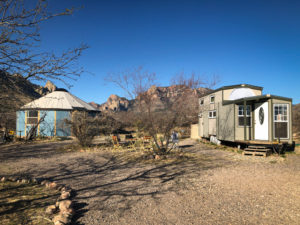
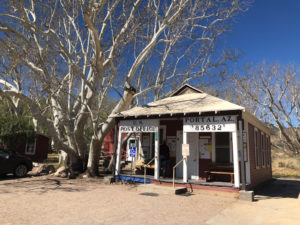 Portal is an unincorporated community in Cochise County, in southeastern Arizona. We got off I-10 and drove 25 miles south-southeast of San Simon on the east side of the Chiricahua Mountains. This area is often called the Yosemite of Arizona. The community is also a popular location for birding.
Portal is an unincorporated community in Cochise County, in southeastern Arizona. We got off I-10 and drove 25 miles south-southeast of San Simon on the east side of the Chiricahua Mountains. This area is often called the Yosemite of Arizona. The community is also a popular location for birding.
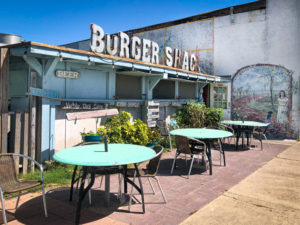
One of our Harlingen, TX days was spent in South Padre Island. To get there we had to drive through Port Isabel, part of the Brownsville–Harlingen–Raymondville – Matamoros metropolitan areas. Established as a town after the Mexican War of Independence, Port Isabel became an important cotton-exporting port before the American Civil War. The harbor, town, and lighthouse all were fought over and exchanged hands during the Civil War.
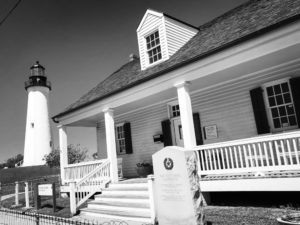
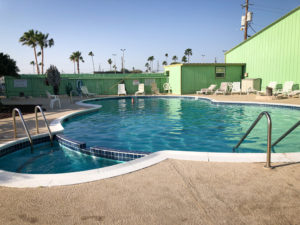 This is the pool at our funky RV park in Walasco. It was heaven. We mostly had it to ourselves as most park inhabitants had already fled the heat and gone back to Canada.
This is the pool at our funky RV park in Walasco. It was heaven. We mostly had it to ourselves as most park inhabitants had already fled the heat and gone back to Canada.
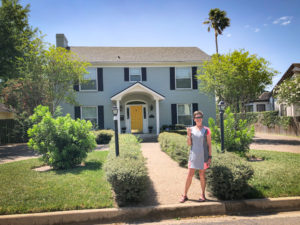 This is Ellen’s childhood home. The owners were SO lovely and let us come in a poke around. Ellen shared childhood stories she could recall and it was fun to listen to how the house USED to be when she was a kid.
This is Ellen’s childhood home. The owners were SO lovely and let us come in a poke around. Ellen shared childhood stories she could recall and it was fun to listen to how the house USED to be when she was a kid.
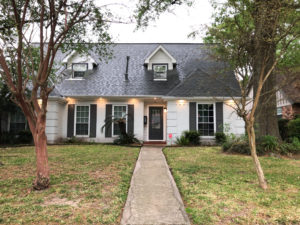
This is cousin David’s home in Houston. He does a lecture series at Rice University when he is in town, exercising the mind you know, and we joined him. I could have done a whole blog alone on the architecture of Rice University.
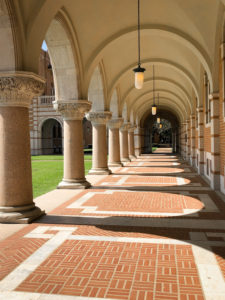
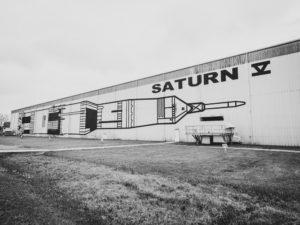 On our way to Galveston, we couldn’t pass up the Johnson Space Center. We did a tour of the grounds and drove by this building that still contains a Saturn V rocket. It was really long.
On our way to Galveston, we couldn’t pass up the Johnson Space Center. We did a tour of the grounds and drove by this building that still contains a Saturn V rocket. It was really long.
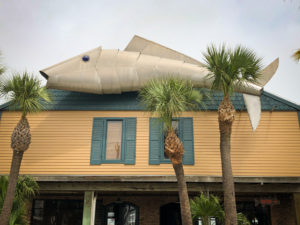 On to Galveston. The above image had three main theme hits, animals, art, and buildings. I chose to share it in buildings. I believe this was part of a restaurant.
On to Galveston. The above image had three main theme hits, animals, art, and buildings. I chose to share it in buildings. I believe this was part of a restaurant.
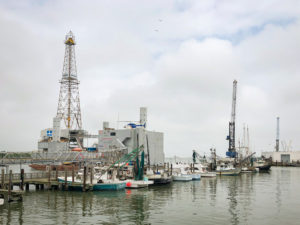 We found an oil rig museum that was quite interesting.
We found an oil rig museum that was quite interesting.
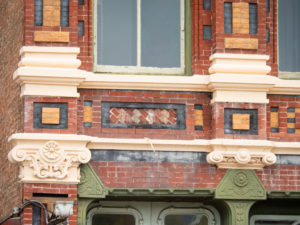 There were a lot of beautiful buildings in Galveston. Some had plaques on them that announced that they had survived the big hurricane of 1900.
There were a lot of beautiful buildings in Galveston. Some had plaques on them that announced that they had survived the big hurricane of 1900.
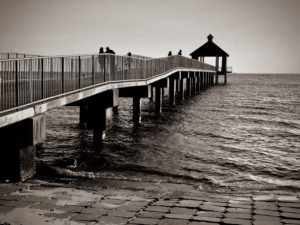
Following south Texas, we headed to Fountainbleau State Park on the north shore of Lake Ponchatrain in Louisiana. It was beautiful and we really wished we had our bikes there. There was an alligator in the pond, Spanish moss hanging from the trees and we were about 40 minutes from NOLA across the causeway.
We spent two days in New Orleans, one just walking around and taking it all in, the other we met my cousin Dave, from Houston, and watched the French Quarter Music Festival parade for the first time in two years (due to Covid). I’ll explore more of that with Music.
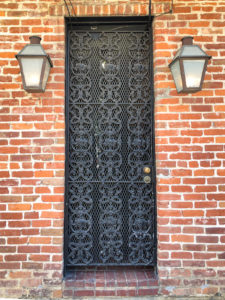
The interesting buildings in NOLA were endless.
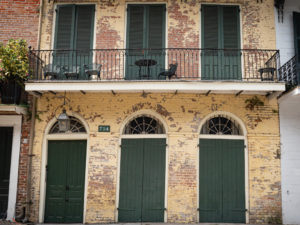
Peeling paint, color, style, NOLA had it all.
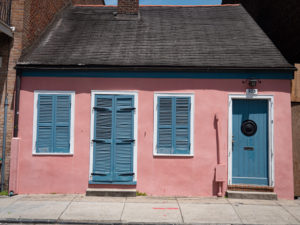
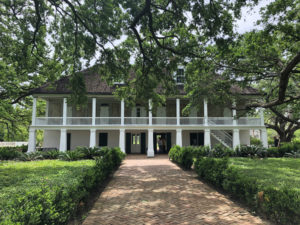 This is a view of the main house of the Whitney Plantation. Such beautiful grounds but such devastating human stories.
This is a view of the main house of the Whitney Plantation. Such beautiful grounds but such devastating human stories.
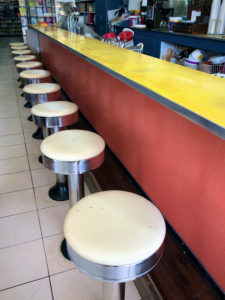
We then found ourselves in Houston, Mississippi, another of Ellen’s old stomping grounds. She lived here for 18 months around her freshman year in high school (1969). This lunch counter at Parson’s Drugstore no doubt saw some sit-ins at some point.
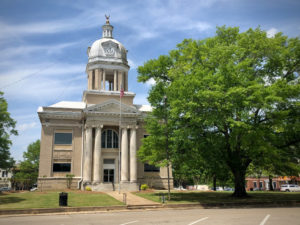
Here is a picture of City Hall and Ellen’s old house.
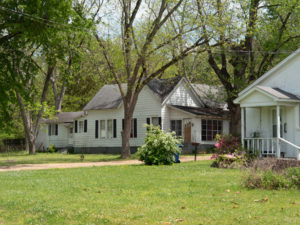
The Hillsborough, Chapel Hill, and Raleigh areas of North Carolina had amazing architecture as well. I learned that Duke and the University of North Carolina, arch college basketball rivals, are across town from each other. Both have BEAUTIFUL campuses.
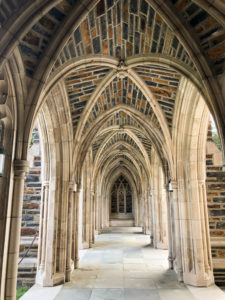
These images are from the Duke University chapel. Below are the catacombs where a few past university presidents are buried.
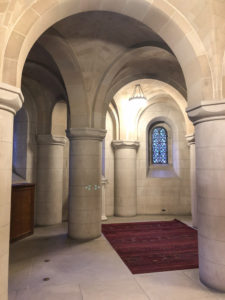
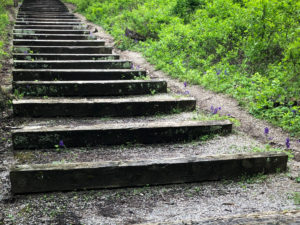 On to Cincinnati! We found this set of steps on a trail in the middle of the city.
On to Cincinnati! We found this set of steps on a trail in the middle of the city.
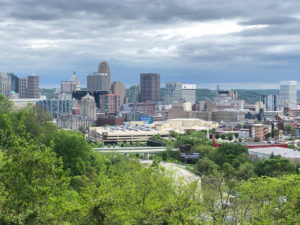
The skyline of Cincinnati and the Purple People Bridge that connects Ohio and Kentucky.
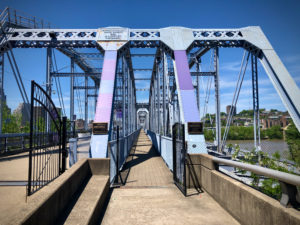
Following Ohio we headed to Nebraska with a stop near Iowa City. We learned of the Amana Colonies so we went there to walk around and have lunch before driving to St. Paul, NE.
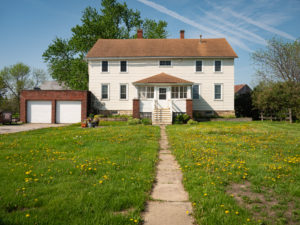
The Amana Colonies are a set of seven villages located near Iowa City. The villages were built and settled by German Radical Pietists, who were persecuted in their homeland. Calling themselves the True Inspiration Congregations, they first settled in New York near Buffalo in what is now the town of West Seneca. However, seeking more isolated surroundings, they moved to Iowa in 1856. They lived a communal life until 1932.
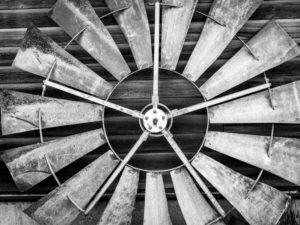
For eighty years, the Amana Colony maintained an almost completely self-sufficient local economy, importing very little from the industrializing American economy. The Amanians were able to achieve this independence and lifestyle by adhering to the specialized crafting and farming occupations that they had brought with them from Europe. Craftsmen passed their skills and techniques on from one generation to the next. They used hand, horse, wind, and water power, and made their own furniture, clothes, and other goods. The community voted to form a for-profit organization during the Great Depression.
Today, the Seven Villages of Amana are a tourist attraction known for their restaurants and craft shops. The colony was listed as a National Historic Landmark in 1965.
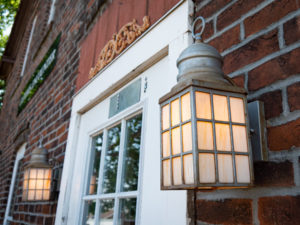
That evening we landed at the farm in St. Paul, NE, following a harrowing thunder/dust storm that prompted tornado warnings as it moved northeast at 65 mph. That is not a typo…65 mph.
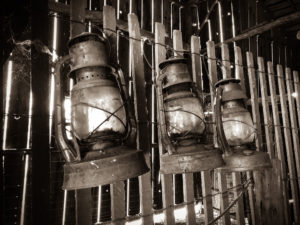
On the farm property is a one hundred-plus-year-old farm, the oldest barn in the county. These milk jugs and lanterns were found in this barn.
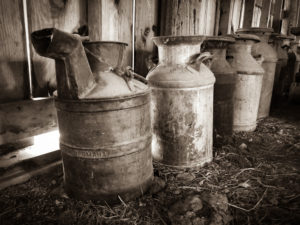
Our final stop was Denver to visit our daughter, Chelsea, my brother Jonathan and his family, and our good friends the Prows.
We parked a street off of the Santa Fe Arts District and found these windows in the church we parked in front of. I loved them.
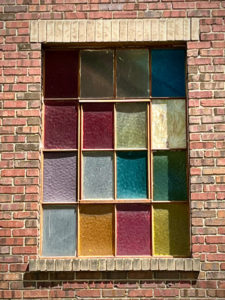
That’s it on the buildings keyword. There was so much more to share but in the tradition of keeping this blog short and to the point this is what I have.
Next week is another of my favorite subjects…transportation!
Happy shooting!
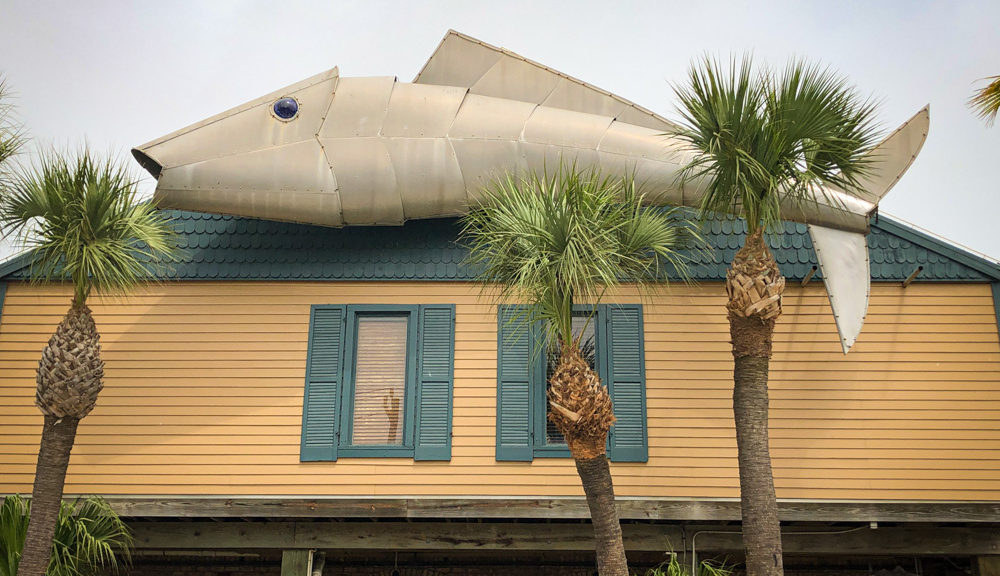
What cool findings! Thanks for sharing. Question: why are they called buildings? Shouldn’t they be called “builts”? ?
Absolutely wonderful – as expected! I love to travel through your eyes.
I love this collection! So many amazing buildings, scenes, shots, stuff, places. Love it all and want to hop in your back pocket for the next ride. Bring it on!